I masturbate…is the name of queer, feminist photographer Shilo McCabe’s latest project, which was featured at the Center for Sex and Culture in celebration of National Masturbation Month. The series consisted of photos of people masturbating, accompanied with a statement from each beginning with, “I masturbate…”
“I am blessed to have been able to make a difference in people’s lives through my work – leaving them feeling better, or looking at the world with new perspective/insight then before they knew me,” McCabe said. “One woman told me that my images of her for the “I masturbate…” project made her love her body again. That is huge!”
The photo-a-day project stemmed from her ongoing Sex Positive Photo Project, which showcases photos and interviews with the SF Bay Area community.
“I created The Sex Positive Photo Project in 2009 when I looked at my body of work from the previous 10 years and realized there was a common denominator–I realized I’d been creating sex-positive images, or images of folks from the sex-positive community.”
Her imagery coincides with her history of involvement in the LGBT community: she stood as a former board member for LVA: Lesbians in the Visual Arts where she helped to produce the Depth and Distance Exhibition of work by lesbian artists aged 55+, was part of her campus BiGaLa club and sat on several panels with LGBT groups in college. Currently, she is working with promoting Queer Femme Visibility as well as body positivity.
In addition to her immersion in the community, McCabe also maintains a steady repertoire as a photographer. In 2004, she was Project Photographer for the Bay Area Women of Color BDSM Photo Project, which was led with the mission of increasing visibility of women of color in BDSM and erotic arts. This venture piloted her to “Sex, Art, & Politics” in 2004, a week of events featuring one of McCabe’s “heroes,” Barbara Nitke. Afterwards, she was awarded 2nd place in the Camera Club of New York’s Annual Juried Photo Show.
Since then, her work has been shown in a number of exhibits and publications including the Folsom Street fair, Wendy Caster’s New Lesbian Sex Book, 3rd ed., Gender Outlaws, The Next Generation, Mein Lesbiches, Konkursbuch Press, SoMa Arts Cultural Center in San Francisco, and the Kinsey Institute Gallery in Indiana where she remains in the permanent collection.
“My curatorial debut came in September 2011 when I co-curated Fear No Art, a group exhibition of sexual/erotic photography with Mark I. Chester.”
McCabe’s dive into the industry began with a photography class her first year in college at Simon’s Rock College of Bard; however she was first introduced to photography by her father who had his own studio and darkroom.
“We made photograms of our hands and household objects and I tried my hand at rolling film on a development reel. Settling into the darkroom at Simon’s Rock College all those years later felt like home.”
She immediately changed her major, and never looked back.
“By virtue of where I was in my own journey out of the closet I spent the next few years documenting the dyke and genderqueer communities around me, mostly my close friends.”
Later, she was drawn to iconic lesbian photographers such as Tee Corinne, Honey Lee Cottrell, Jill Posener, Della Grace (Now Del LaGrace Volcano), and Catherine Opie.
Though she started out in film with a profound love for developing and print, she has since transitioned into digital.
“It used to be the magic and mystery of the darkroom. I was very traditional and printed all my own work, priding myself on my level of technical printing skill. I resisted digital photography for a very long time. But, as a poor college grad I found the relatively inexpensive digital photography world too irresistible.”
Now, she works almost exclusively in digital, but expressed that she still tends to still think of her work as she did in the darkroom. The bulk of her post-production lies in burning/ dodging/spot-toning, the “type of things [she] would do by hand back in the lab.” However, she prefers to craft images in the camera as much as possible.
“In that same vein, I tend to work with natural light as much as I can. What I really like about photography is that moment when I am looking through the camera and really seeing the light, sensing the energy of the person in front of me. It can be a very meditative experience or really heart-pounding exciting. I get in my zone and connect with my creative self and – it’s hard to describe. It’s just really fulfilling.”
Though her images, she offers a shaping of sense of self and the world.
“Each photo I create is a safe space; my work is rooted in documentary photography and builds upon the legacy of photographers who use both artistry and social commentary in their work.”
In McCabe’s pieces, she strives to create authentic representations of her subjects that she co-creates with the models, as opposed to posed shots.
“As someone who is making sexually themed work, I put a high priority on consent and transparency. I am motivated by the belief that when we do not see images of people who look like ourselves, we will internalize the message that we are not worthy of representation ourselves and therefore I am dedicated the concept of inclusivity.”
McCabe trusts in the therapeutic possibilities of photography. She usually uses the ideas of her models as a departure point and hands over final approval to the subject as well and only the agreed upon image is released.
“I respect the huge amount of trust it can take to put oneself in front of the camera –honoring and protecting that trust is the most important thing to me.”

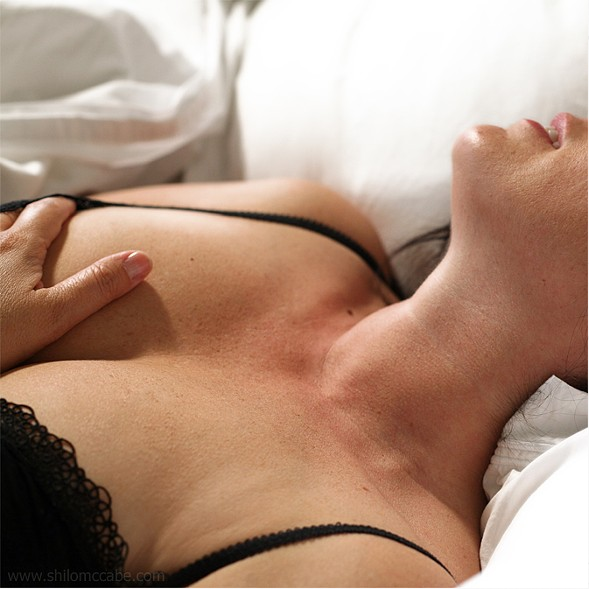





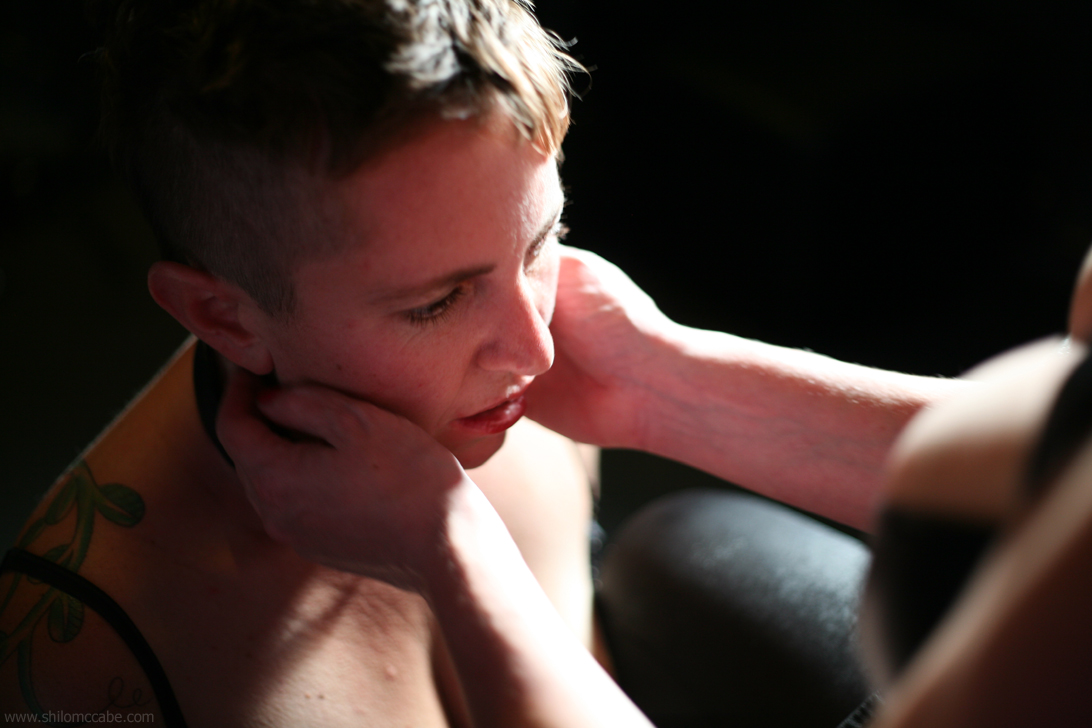

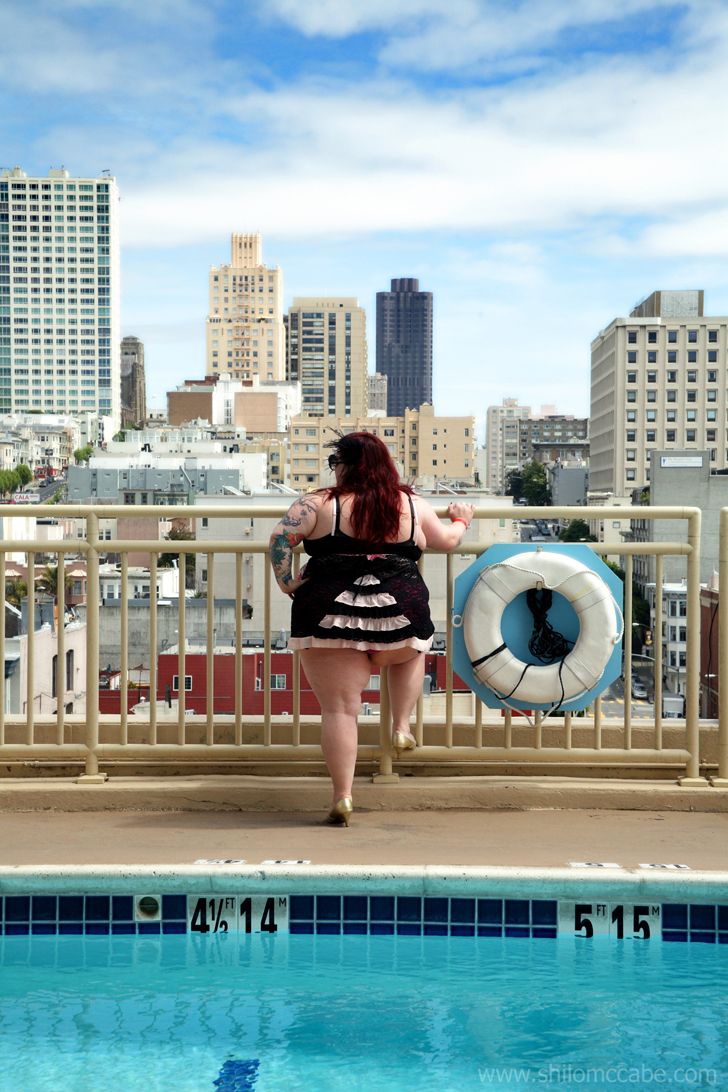
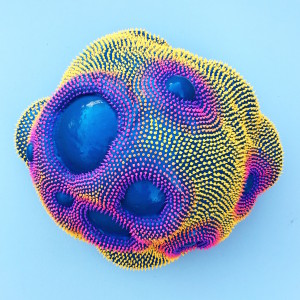
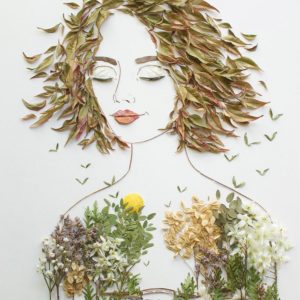
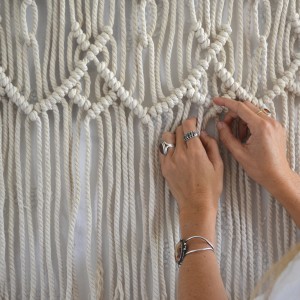
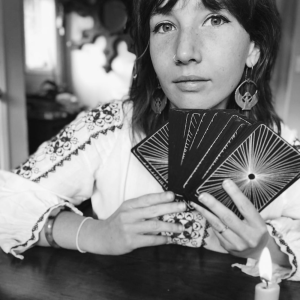
Leave a reply